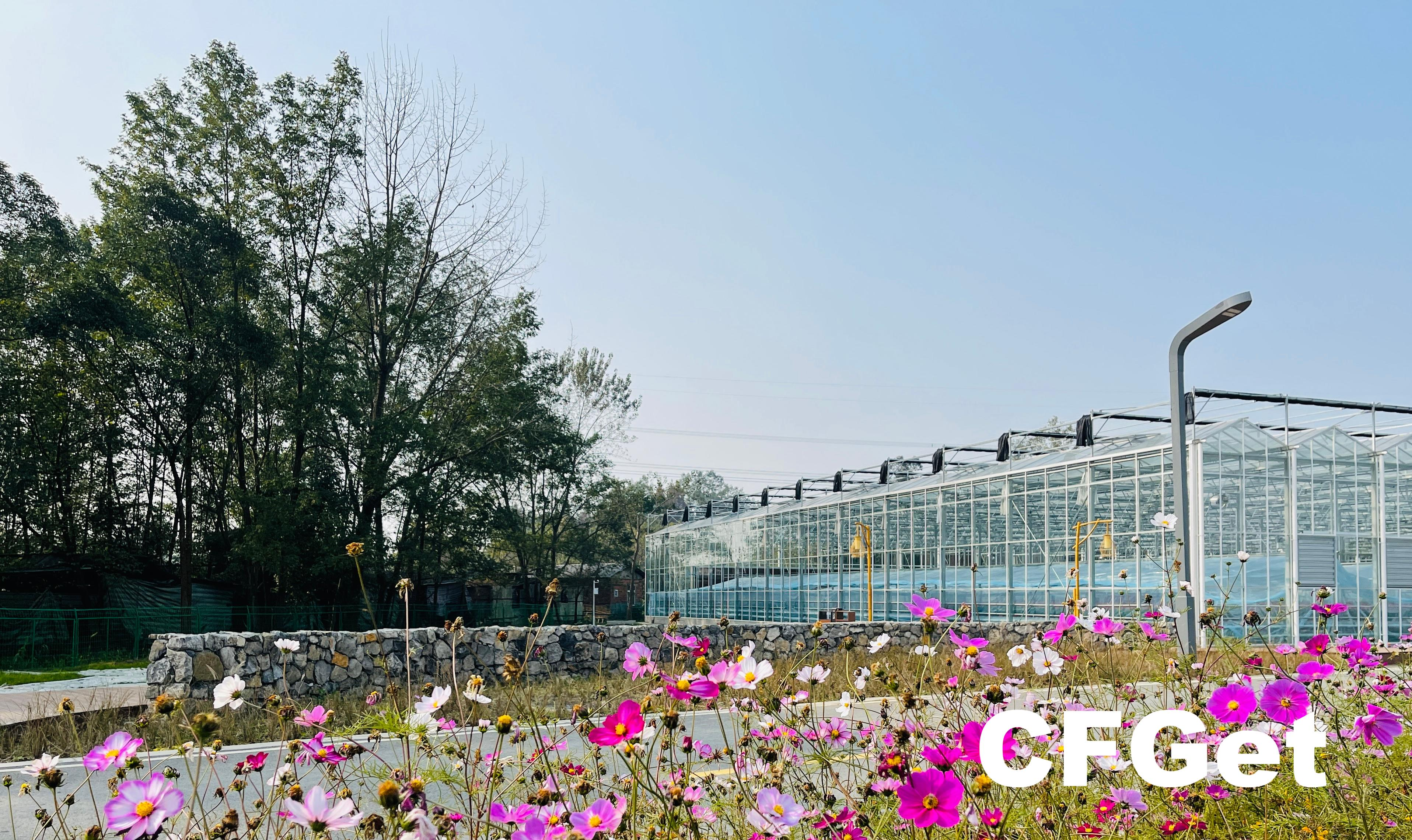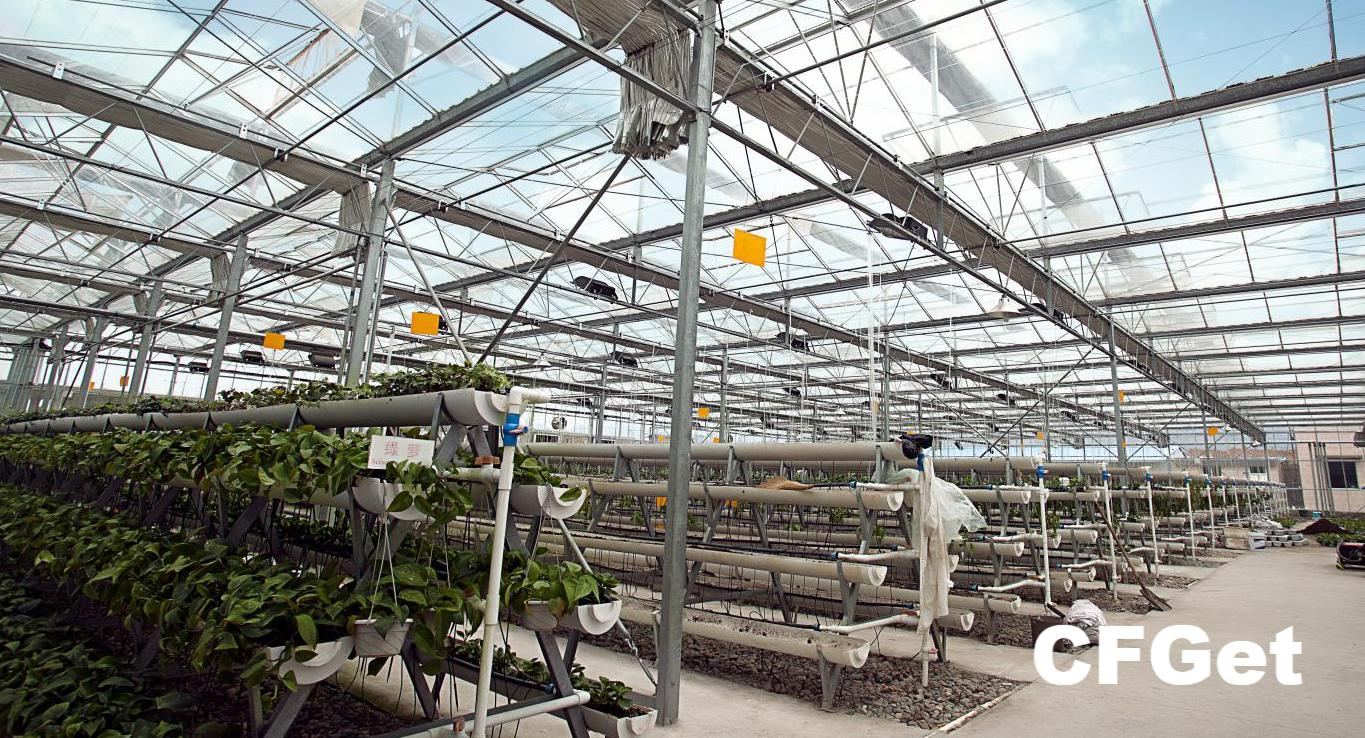Thinking about investing in a smart greenhouse? You might wonder how much it really costs, what running one entails, and when you can expect to see a return on your investment. These are common questions for anyone interested in modern agriculture. Let’s break down the costs, operation expenses, and potential profits of smart greenhouses, so you can decide if it’s the right move.
1. What Does It Take to Build a Smart Greenhouse?
A smart greenhouse is more than just a simple shelter for plants. It requires advanced steel structures, high-quality insulation materials, and automated environmental control systems. The main components include a steel frame, glass or high-performance membranes for covering, and a control system to regulate temperature, humidity, and light.
Traditional sunlit greenhouses cost about $120 per square meter. When you add features like double-layer glass and fully automated control, the price can rise to $230 or more per square meter. On top of that, smart greenhouses include equipment such as automatic ventilation, smart irrigation, fertigation systems, LED supplemental lighting, IoT sensors, and remote monitoring platforms. These systems add roughly $75 to $180 per square meter depending on the level of automation.

Leading companies like Chengfei Greenhouses have set the industry standard by offering cutting-edge technology and strong after-sales support. Large projects, such as a 10,000-square-meter smart greenhouse in Jiangsu Province, require equipment investments exceeding one million dollars. This highlights how smart greenhouses rely heavily on modern technology.
2. How Much Does It Cost to Run a Smart Greenhouse?
Although the upfront investment is significant, operating costs often turn out to be lower than traditional greenhouses thanks to automation.
Smart greenhouses reduce labor demand drastically. Instead of six workers managing a traditional greenhouse, only about three workers can handle the same area in a smart setup. Water and fertilizer usage also decrease significantly. Precision irrigation cuts water use by about 40%, while fertilizer consumption drops by roughly 30%. This not only saves money but also boosts crop yields by up to 30%.
Smart pest and disease management systems reduce the need for pesticides by providing stable growing conditions and early detection. The use of renewable energy, such as solar power and heat storage, further lowers operating costs by cutting heating expenses by up to 40% in winter months.
3. When Will You Start Seeing Returns?
High-value crops grown in smart greenhouses generate much higher profits compared to traditional farming. Crop yields can increase two to three times, and the quality allows for higher market prices. Annual gross output per acre can reach $30,000 or more, with net profits ranging from $7,000 to $15,000 per acre.
Smart greenhouses also benefit from stable sales channels like contract farming, direct supply to supermarkets, e-commerce platforms, and community-supported agriculture. These models reduce risks related to market fluctuations and improve cash flow.
Typically, the payback period for smart greenhouse investments ranges from three to five years, depending on factors like crop type, greenhouse size, and business model.

4. What Are the Long-Term Benefits?
Smart greenhouses ensure consistent crop quality across batches, which helps build strong brands and customer trust. Data collected from sensors and control systems enable growers to develop scientific cultivation models. This leads to continuous improvements in yield and product quality.
Another major advantage is resilience to weather risks. Smart greenhouses protect crops from extreme conditions like frost, heatwaves, or heavy rain, ensuring stable production and income even under challenging climates.
Government policies also provide significant support. Subsidies for facility construction, funding for IoT integration, and favorable loan programs reduce investment risks and encourage more farmers and companies to adopt smart greenhouse technology.
5. Who Should Consider Investing in Smart Greenhouses?
Smart greenhouses are ideal for traditional farmers seeking to modernize and stabilize their production. Entrepreneurs and agricultural businesses looking to grow high-value crops and develop brands will find smart greenhouses appealing. Developers focusing on urban and peri-urban agriculture can combine smart greenhouses with agri-tourism and pick-your-own models to diversify revenue.
Data-driven farmers and farm operators who prioritize precision management and sustainable practices will benefit most from adopting this technology.
Smart greenhouse investments come with high upfront costs but offer much higher efficiency, stability, and profitability. Automation reduces labor and resource waste, while intelligent controls improve crop quality and yield. With growing government incentives and strong market demand for high-quality produce, smart greenhouses represent a key step forward for modern agriculture.
Popular Search Keywords
smart greenhouse cost, smart greenhouse investment, smart greenhouse operation cost, energy-efficient greenhouse, precision agriculture, automated greenhouse systems, smart farming technology, facility agriculture development, high-tech greenhouse brands
Welcome to have a further discussion with us.
Email:Lark@cfgreenhouse.com
Phone:+86 19130604657
Post time: Jun-28-2025







 Click to Chat
Click to Chat